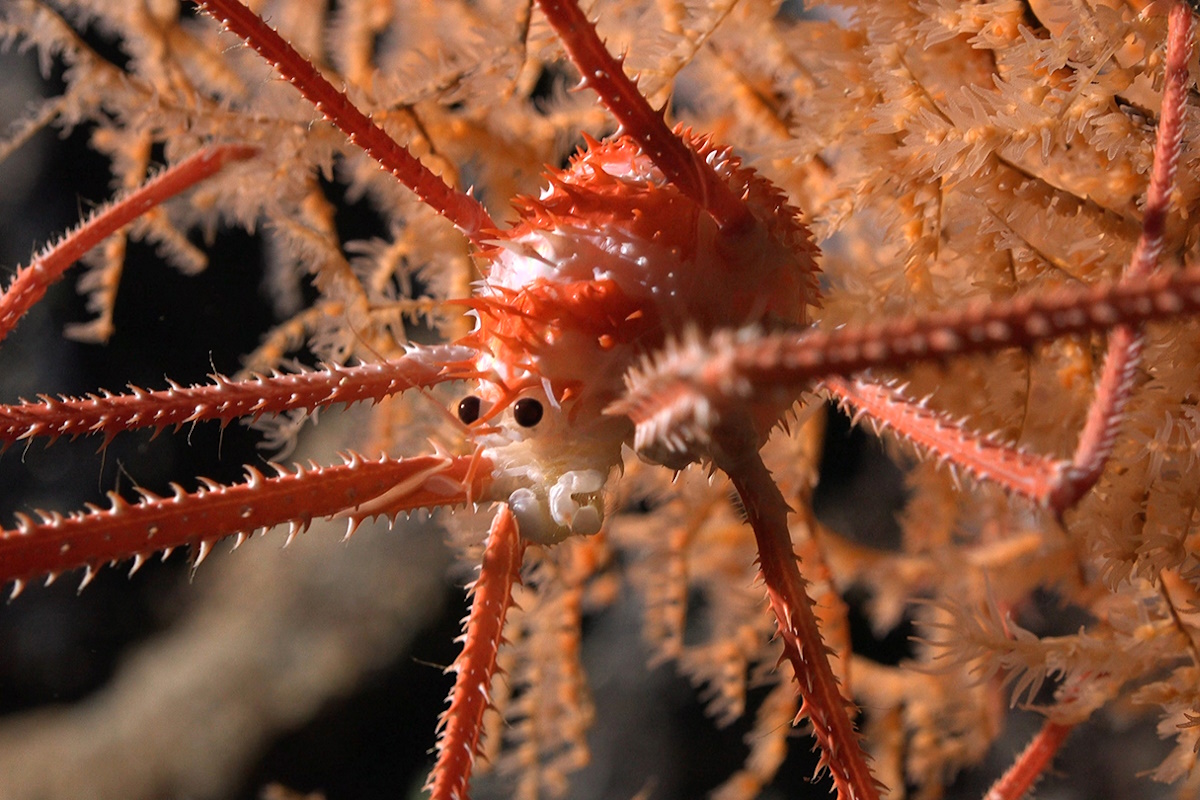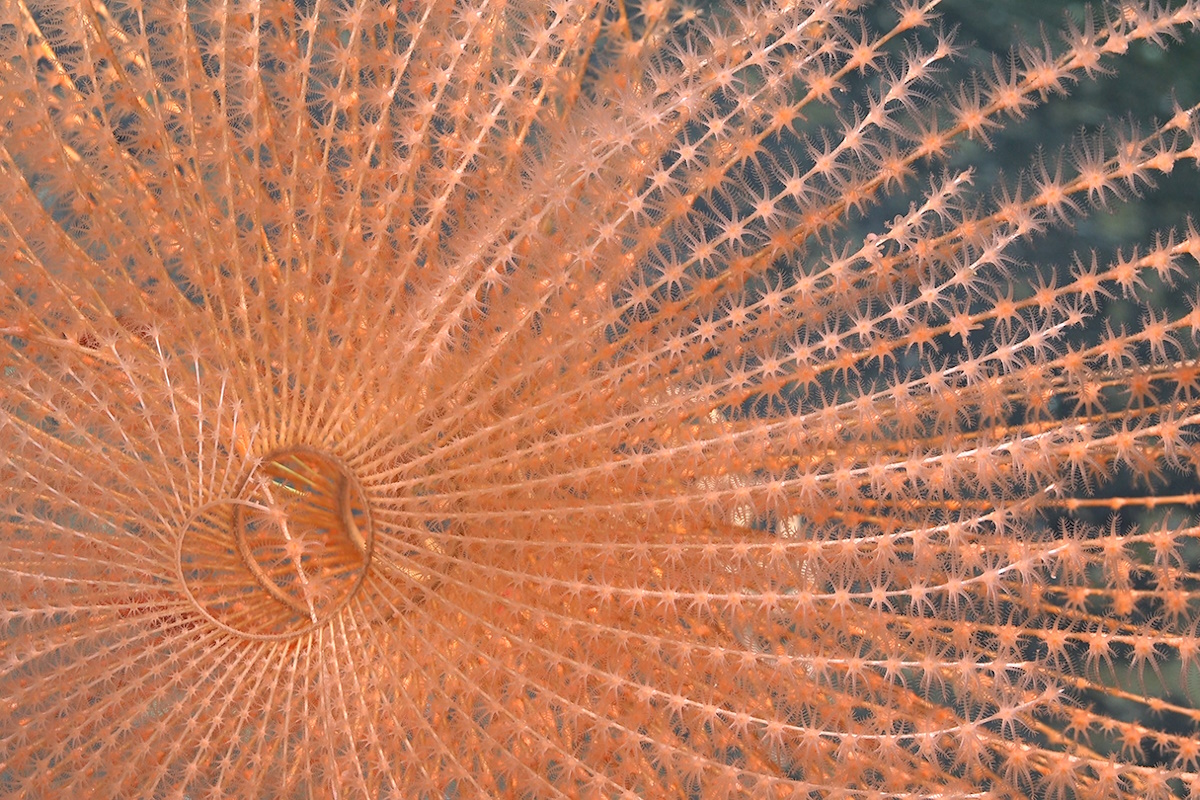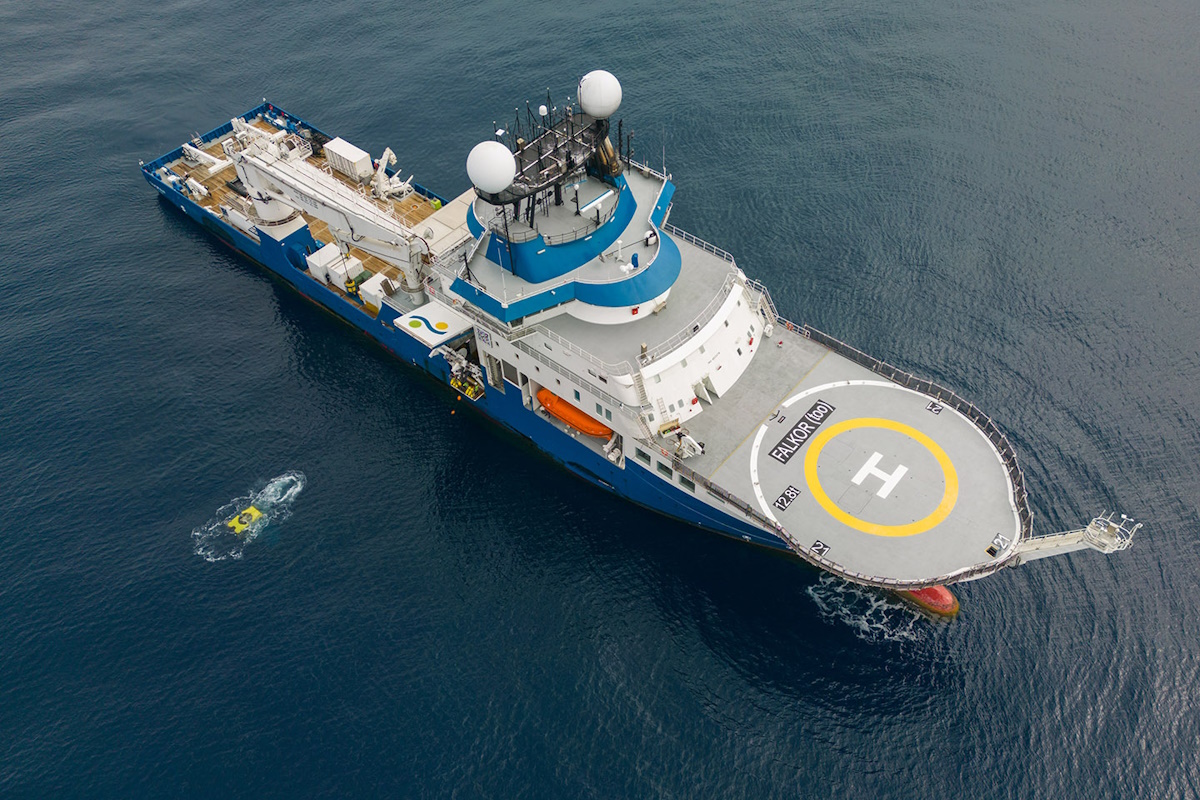Great news arrives from Chile: a research group led by the Universidad Católica del Norte (Chile) has discovered more than 100 new species on the underwater mountains off the coast of the South American country

©Schmidt Ocean Institute
Researchers led by the Universidad Católica del Norte in Chile have made a groundbreaking discovery, uncovering over 100 new species in the remote underwater mountains off the coast of Chile. This significant find highlights a triumph in biodiversity, revealing glass sponges, sea urchins, amphipods, squat lobsters, and other species potentially new to science.
Exploring the depths: the Nazca and Salas y Gómez Ridges
The research team embarked on an expedition along the underwater mountains of the Nazca and Salas y Gómez ridges, extending their exploration both within and beyond Chilean jurisdiction. The Salas y Gómez Ridge, a 2,900-kilometer-long submarine mountain range with over 200 peaks stretching from off the coast of Chile to Rapa Nui (Easter Island), was a focal point of their study. The team also explored two of Chile’s marine protected areas, the Juan Fernandez and Nazca-Desventuradas marine parks.
Utilizing a remotely operated vehicle capable of descending to depths of 4,500 meters, the scientists collected data from ten underwater mountains, aiming to bolster marine protection efforts in Chile.
Distinct ecosystems and new species
Each underwater mountain was found to host distinct ecosystems, many of which are vulnerable, including thriving deep-sea coral reefs and sponge gardens. The research team is currently analyzing the physiology and genetics of specimens suspected to be entirely new to science.

©Schmidt Ocean Institute
During the expedition, 52,777 square kilometers of seabed were mapped, uncovering four previously unknown underwater mountains in Chilean waters. The tallest of these, standing at 3,530 meters and unofficially named “Solito” by the team, was explored for the first time.
“We have far exceeded our hopes on this expedition,” announced Javier Sellanes, the research leader. “We always expect to find new species in these remote and unexplored areas, but the number we found, especially among groups like sponges, is astounding.” This indicates that the Nazca-Desventuradas and Juan Fernández marine parks are effectively protecting these delicate marine habitats.

©Schmidt Ocean Institute
Continuing the quest: a new expedition begins
A second expedition along the Salas y Gomez Ridge has commenced aboard the research vessel Falkor, with plans to explore areas deeper than 600 meters for the first time. This venture, part of the Schmidt Ocean Institute’s operations in the southeastern Pacific off the coasts of Peru and Chile throughout 2024, will feature live-streamed dives on the institute’s YouTube channel.
Completing the identification of these species may take years, with Dr. Sellanes and his team processing an incredible number of samples from this beautifully rich and largely unknown biodiversity hotspot.
“The institute is a partner of the Nippon Foundation – Nekton Ocean Census Program, aiming to discover 100,000 new marine species over the next ten years,” explains Jyotika Virmani, director of the Schmidt Ocean Institute.
Source: Schmidt Ocean Institute
